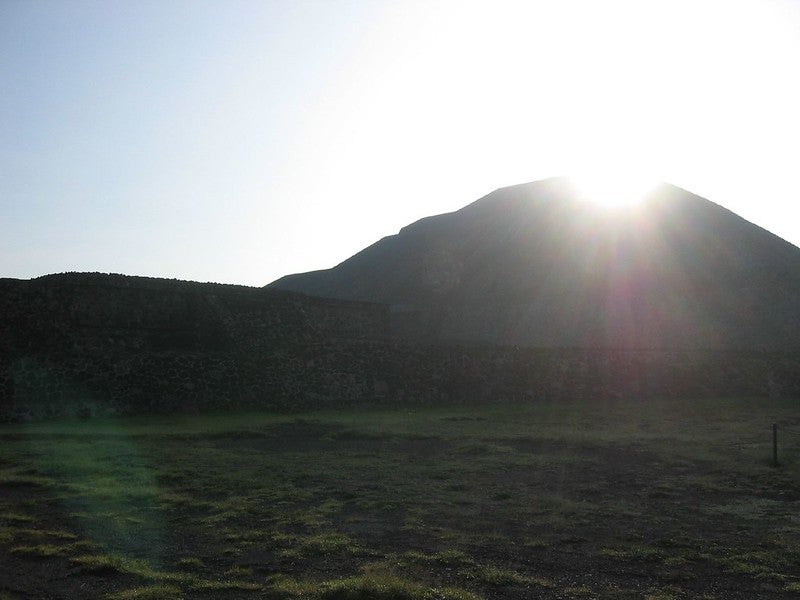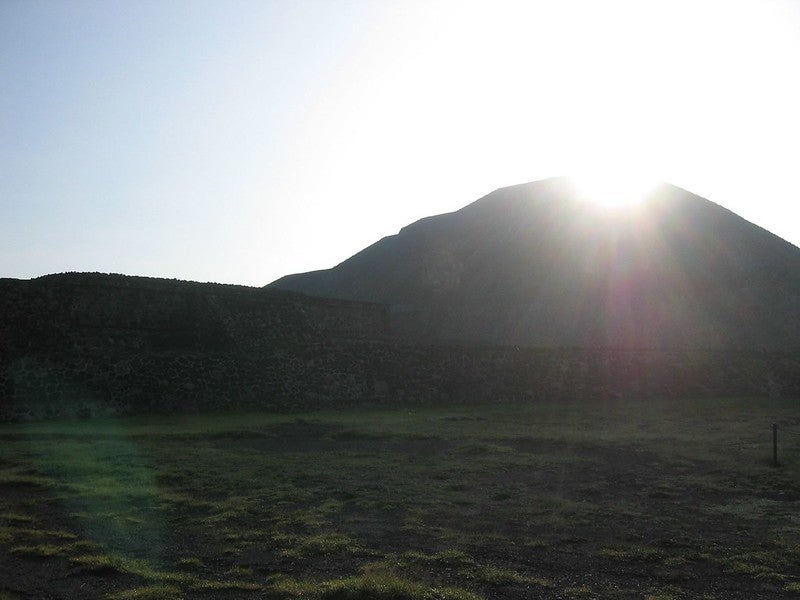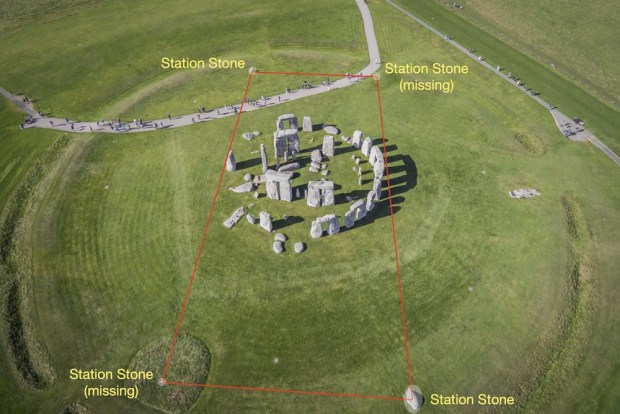
For all of human history, the Sun has served as a great constant in daily life. As this brilliant orb blazes across the sky, it sustaind life, provides harmonious rhythms to our world, and marks the continuous passage of time. It is no wonder that curious minds have always sought to explain both the Sun’s origins and our relationship to it — whether through the narratives of myth or modern science.
Today, we understand that the Sun, which formed some 4.6 billion years ago, is composed primarily of hydrogen and helium and is powered by nuclear fusion. We also know that the Sun’s energy allows plants to convert carbon dioxide and water into glucose (sugar) and oxygen through photosynthesis, the latter of which supports nearly all modern-day life on Earth. And we know that at some point, in about 5 billion years, our Sun will run out of fuel. It will expand into a red giant, shed its outer layers, and leave behind a dense core called a white dwarf.
This is part of our modern scientific cosmology, our understanding of the origin, function, and future of the universe.
But long before we started unraveling the mysteries of nuclear fusion, humans developed complex and layered stories about the Sun, not simply to explain it, but to convey deeper truths about the nature of existence. These myths are often dismissed as fanciful fictions of a pre-scientific age. However, a myth is not simply a story that is untrue. In most cases, myths were never intended to convey history as we define it today, but rather to teach us something about our place in the world and to help guide our behavior as we navigate through it.
So, by looking at the solar cosmologies of the Norse (Scandinavia), Mongols (Inner Asia), and Aztecs (Central Mexico), we can not only discover how these societies explained what the Sun was and how it came to be, but how they saw themselves and all humans in relation to the universe itself.
Destructive impulses
In Norse mythology, the Sun was created by the gods with sparks from Muspellheim, the realm of fire, to illuminate the world. Each day, the Sun — personified as the feminine figure Sól — is drawn across the sky in a chariot pulled by two horses. Sól’s daily movement is prompted by the relentless pursuit of Sköll the wolf. When Ragnarök occurs — a cataclysmic event wherein the current age of history comes to an end —, the wolf will finally catch and devour Sól, plunging everything into darkness. But, all will not be lost, for Sól’s daughter will eventually replace her mother and rise to illuminate the world, ushering in a new cosmic era.
This myth captures several important aspects of the Norse worldview, namely that life is a constant battle against the destructive and chaotic forces of the universe. We are all, in a sense, metaphorically chased like Sól by the forces of a natural world that could easily destroy us. Like us, the cosmos itself is fragile, and the Sun’s journey through the sky represents the precarious balance between light and darkness, hope and despair, and death and rebirth.
Celestial balance
While the Norse told of a single Sun birthed from the realm of fire, Mongol solar myths recall an age when seven suns burned brightly in the sky. The heat of these suns was so intense that it scorched the earth and as crops withered, waterways ran dry, and humans and animals began to perish. To save themselves, the people appealed to a young, talented archer named Erkhii Mergen, asking him to shoot down the suns with his arrows. He agreed, destroying six, only to have his seventh and final arrow diverted by a swallow flying across its path. The last remaining sun, fearful after seeing its siblings shot down, now spends part of every day in hiding, in hopes of avoiding a similar fate.
The Mongol worldview placed emphasis on maintaining balance and harmony, while guarding against the dangers of excess. Erkhii Mergen saved humanity by destroying the extra suns, but in his arrogance, got carried away and almost destroyed the final one as well. The timely intervention of the swallow shows how the cosmos, humanity, and the natural world remain intimately connected and interdependent.
Blood debts
Like the Mongols, Aztec solar cosmologies focus on interdependence, but task humans with playing a more active role in sustaining the cosmic order — particularly the movement of the Sun — through sacrificial offerings. According to Aztec myths, we are in the fifth solar age, following the destruction of four previous suns.
And like the Norse, the Aztecs believed that the Sun was being chased through the heavens, in this case by Tezcatlipoca, the god of the night sky, conflict, and chaos. The Sun’s progression was powered by the burning of a vital energy called teyolia, which had to be replenished, or else it would be caught and consumed by Tezcatlipoca. Fortunately, teyolia also sustains human life, and flows through our blood. By offering blood to the Sun through ritual bloodletting and human sacrifice, humans were able to provide the energy it needed to keep outrunning Tezcatlipoca and, thus, continue existing.
Here, humans are essential to the cosmic order rather than at its mercy. We are given life through teyolia, but that gift carries a debt that we must repay. Thus, in Aztec cosmology, humans are not passive recipients of the universe’s gifts, but active participants in maintaining the cosmic order.
These three solar cosmologies, from the apocalyptic battles of the Norse to the delicate balance of the Mongols and the blood debt of the Aztecs, highlight humanity’s diverse understanding of the Sun’s role in our world. While modern science provides detailed, physical explanations of the Sun, these myths offer timeless philosophical reflections on human nature, our place in the universe, and the eternal struggle between order and chaos.



